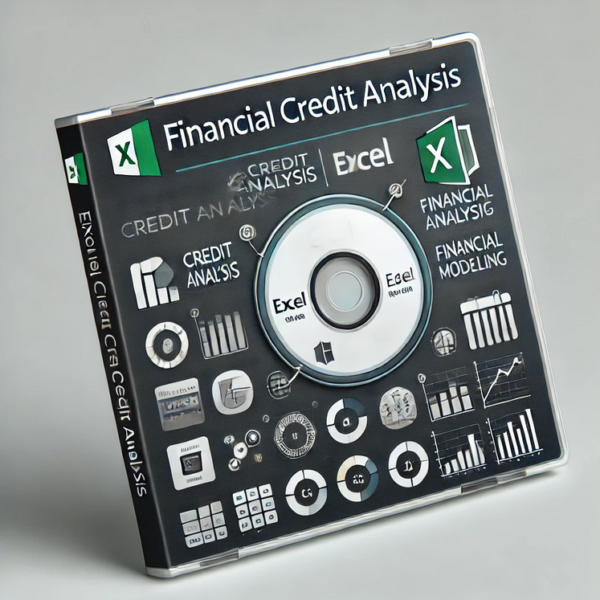The Credit Evaluation and Debt Management Models application is an integrated tool aimed at assessing clients’ creditworthiness and providing recommendations for effective credit and debt management. The application enables companies to analyze clients’ financial performance, determine credit ratings, and offer recommendations based on accurate and comprehensive data. Here is a description of the application’s components as shown in the images:
### Financial Activity Evaluation of Clients:
Detailed information on the client’s financial activity is displayed, including transaction count, engagement duration, debt turnover rate, average collection period, and account balance.
This data helps in understanding the client’s continuity and activity level, providing a strong information base for assessing creditworthiness.
### Credit Ability Statistical Model:
The model relies on several variables, such as sales volume, engagement duration, average debt collection period, and transaction count to determine the credit rating.
The model provides an interpretation of each client’s credit range and offers clear recommendations regarding suitable credit terms, such as increasing credit limits or extending grace periods.
### Credit Decision Analysis:
This section includes a detailed analysis of the cost of raising the credit limit and the anticipated profits from the resulting sales increase.
The required rate of return (RRR) and the weighted average cost of capital (WACC) are calculated to make a strategic financial decision regarding credit granting.
It includes a summary that recommends either accepting or rejecting the proposal based on a comparison of the expected return and anticipated costs.
This application offers comprehensive and integrated solutions for companies to enhance credit management and reduce credit risk, strengthening the company’s ability to make financially sound decisions based on precise analytical data.




